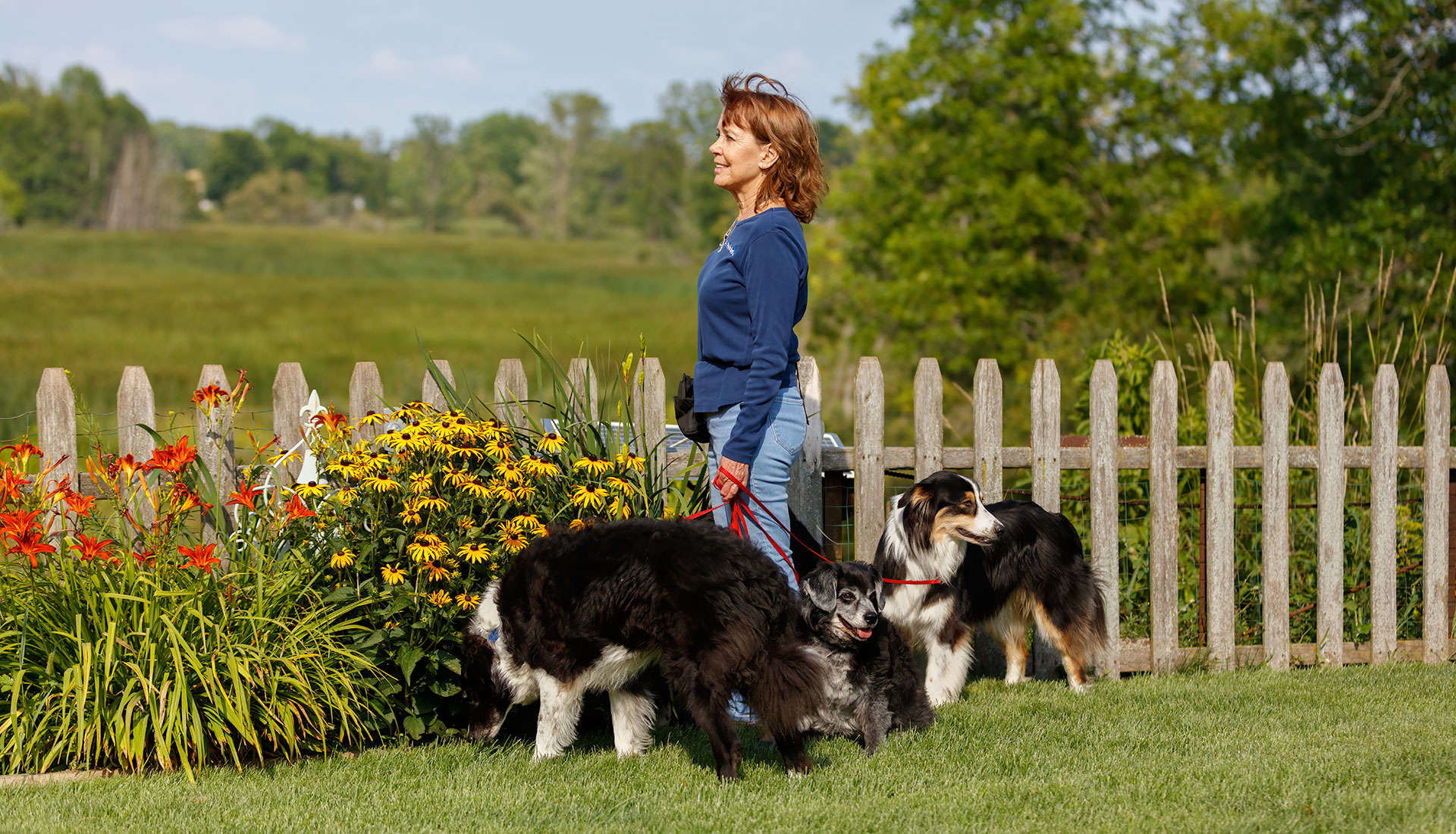05 Aug It’s ALL Important!
Rehearsal is powerful, so if your dog is repeatedly put in challenging situation before they have the skills to make the right choices or rehearse the best response, you’re setting them up for failure....

Rehearsal is powerful, so if your dog is repeatedly put in challenging situation before they have the skills to make the right choices or rehearse the best response, you’re setting them up for failure....
Canine training is about transforming your relationship with your canine and allowing it to experience a positive existence in the human world that surrounds it. Objectives in training can range, depending on the circumstances. ...
If people would spay and neuter their pets, there wouldn’t be a problem. If breeders would stop breeding for money, there wouldn’t be a problem. These are just two arguments used over time to solve what some call “the pet problem.” But these are not solutions...
If you adhere to the saying, “Good things Come in Small Packages,” a member of the Toy Group may be the pooch for you. Small in size—generally built to fit in your lap—these diminutive dogs are big in personality....
The Non-Sporting Group may be the most diverse of all the American Kennel Club classifications of dogs. They vary greatly in size, temperament, needs and abilities. In a way they are a catch-all for dogs that don’t have a specific job or purpose....
To paraphrase a quote, “Idle paws are the devil’s workshop!” And that is no truer than for the intelligent, loyal and loving members of the Herding Dogs group....
If you decide to add a canine companion from the Terrier Group, be prepared for an active, feisty friend who needs plenty of love, attention and activity....
Working Dogs were bred to, well, work, with duties such as sled dogs, rescue dogs, and guard dogs. And as much as these canine companions work hard for a living, they can also be hard to live with, as they need intensive obedience training and...
Who hasn't been transfixed by the sad-eyed Basset Hound looking lovingly at a pair of Hush Puppy shoes? Or mesmerized by the elegance of the sophisticated Afghan Hound? Members of the hound group include breeds as diverse as the charming and funny Dachshund to the...
Whether you are getting a new puppy or adopting a puppy or dog from a shelter, your criteria for choosing your new member of the family must by more than “he/she is so cute!”...